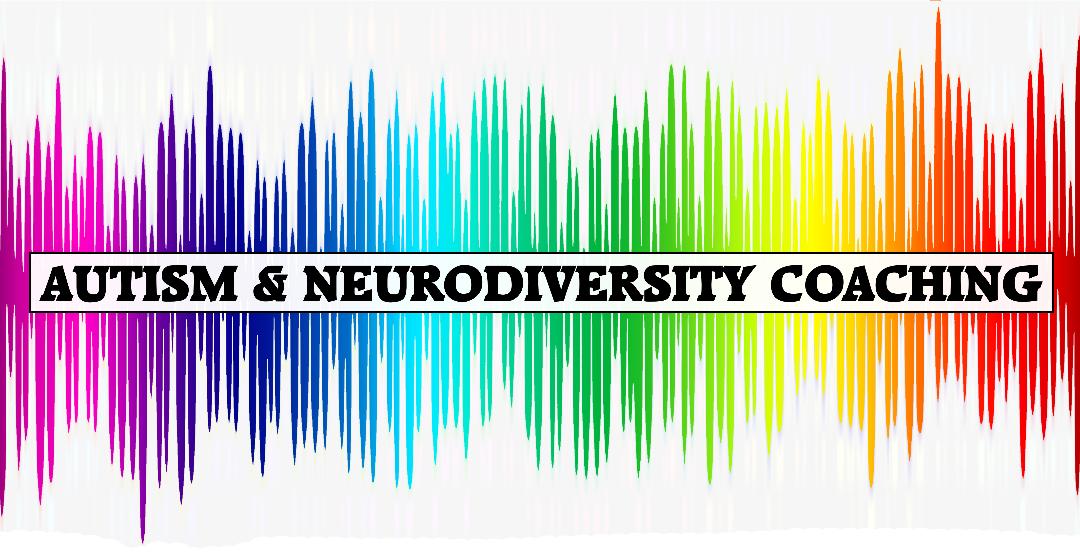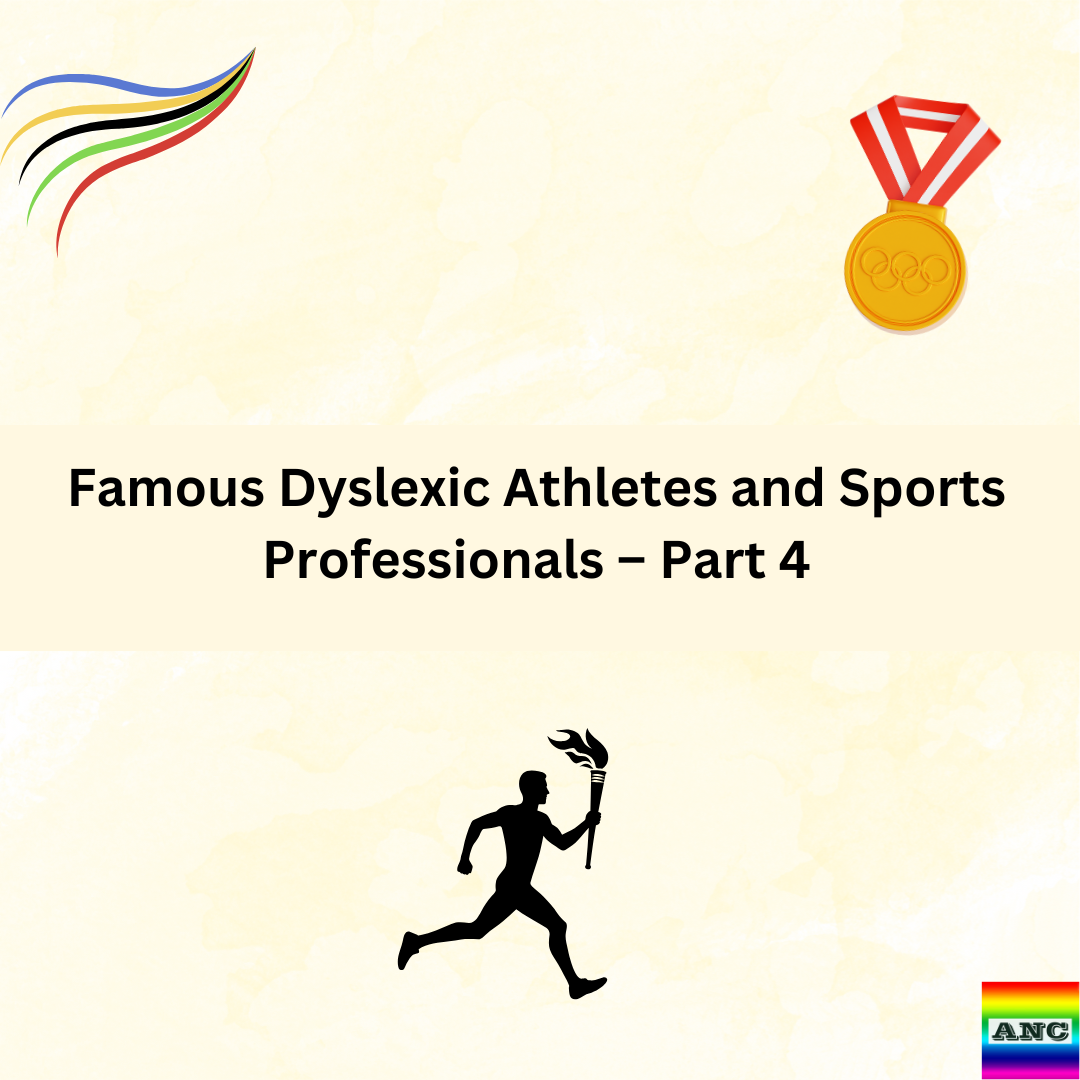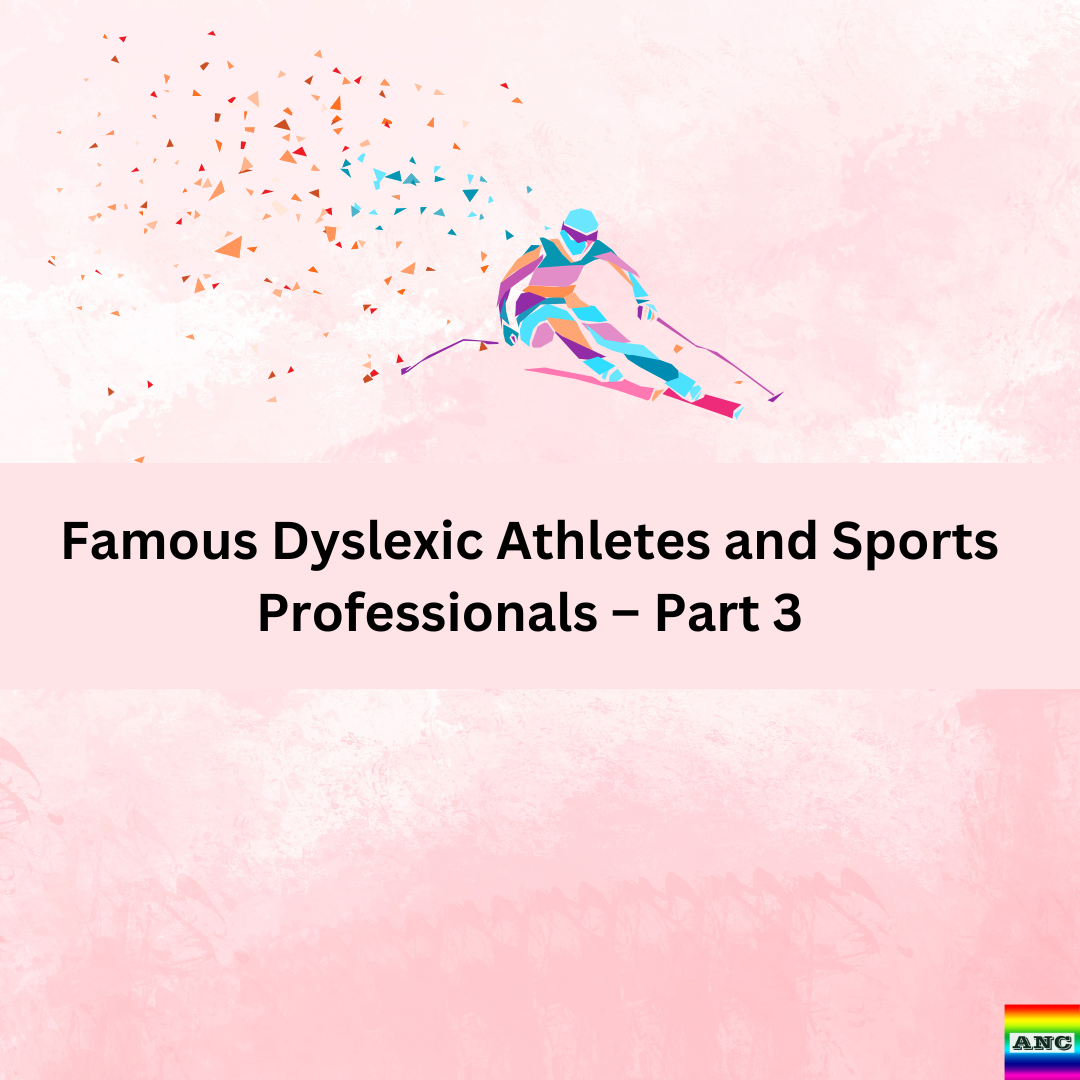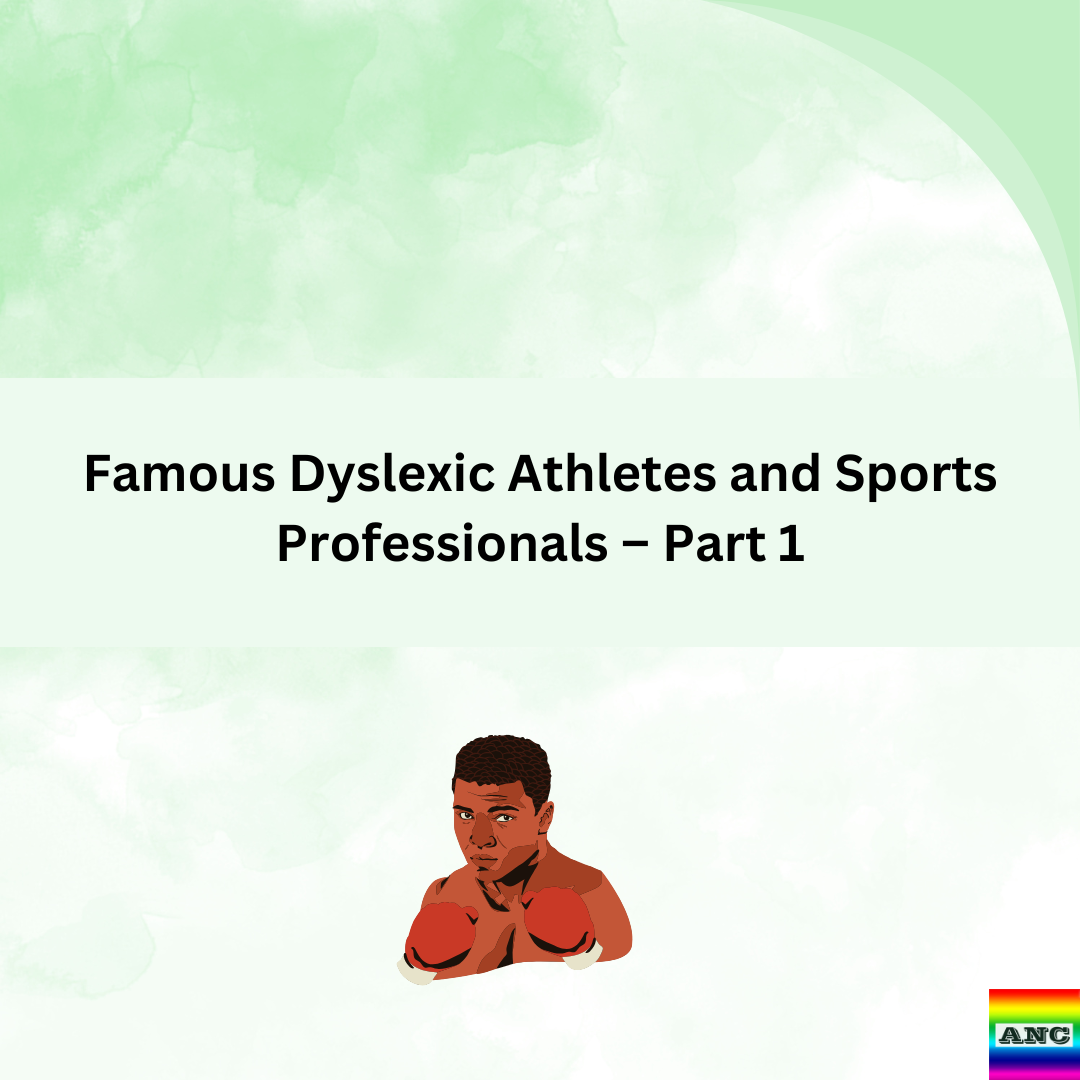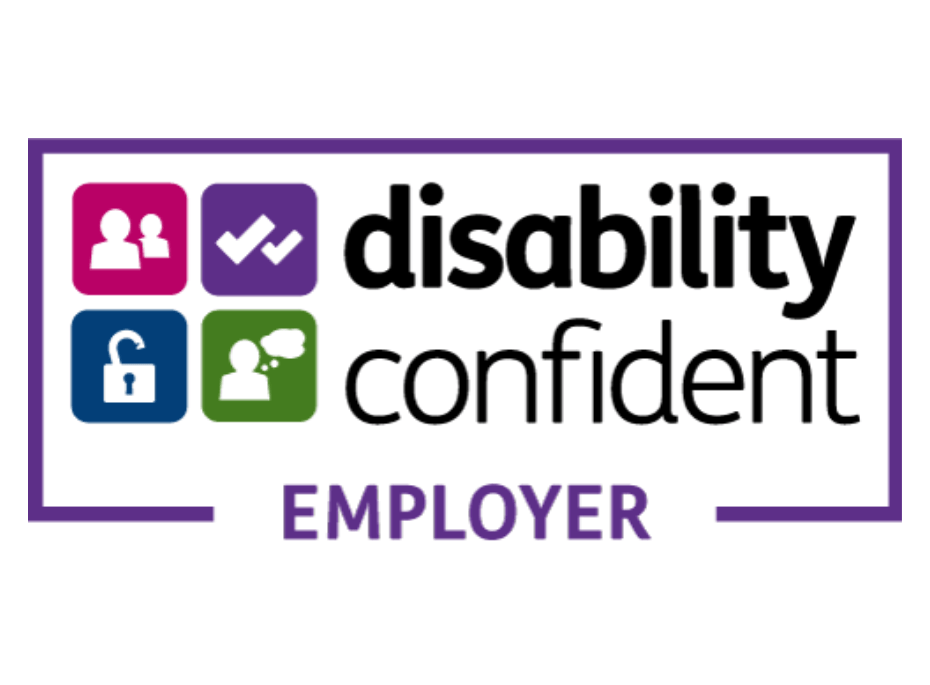Understanding and Supporting Struggling Students

Dyslexia is a common learning difference that affects the way individuals process language, impacting their reading, writing, and spelling abilities. Despite its prevalence—affecting about 10% of the population—dyslexia often remains misunderstood, leading to challenges for students in the classroom. In this blog, we'll explore the struggles dyslexic students face in academic settings, the emotional toll it can take, and strategies educators can use to support these students effectively.
The Struggles of Dyslexic Students
1. Reading and Decoding Difficulties
One of the most significant challenges for dyslexic students is reading fluently. Dyslexia makes it difficult for students to recognize and decode words, leading to slow, labored reading. This struggle can be frustrating, especially in a classroom where reading is a central part of learning. Dyslexic students may have trouble following along with text-heavy lessons, which can impact their ability to grasp new concepts quickly.
2. Writing and Spelling Challenges
Dyslexia doesn’t just affect reading; it also impacts writing and spelling. Students with dyslexia often struggle with spelling because they have difficulty connecting sounds to letters. Their writing may be filled with spelling errors, omissions, or misordered letters. These challenges can make written assignments daunting, leading to anxiety and a reluctance to participate in tasks that require extensive writing.
3. Memory and Processing Speed
Dyslexic students may also experience difficulties with working memory and processing speed. This means they might struggle to hold onto information long enough to use it effectively or to keep up with the pace of classroom activities. Instructions might need to be repeated, and tasks may take longer to complete, leading to frustration and a sense of being "behind" their peers.
4. Emotional and Social Impact
The academic struggles faced by dyslexic students often extend to their emotional and social well-being. They may feel embarrassed or ashamed of their difficulties, especially if they are singled out for needing extra help or if they are unable to keep up with classmates. This can lead to low self-esteem, anxiety, and a reluctance to engage in classroom activities, further isolating them from their peers.
The Classroom Environment: A Double-Edged Sword
The traditional classroom environment, with its emphasis on reading, writing, and verbal instructions, can be particularly challenging for dyslexic students. The fast pace and the high volume of information presented can overwhelm them, making it difficult to stay engaged and motivated. Moreover, the pressure to perform in front of peers can heighten anxiety, leading to a negative cycle where the fear of failure inhibits learning.
Despite these challenges, the classroom can also be a place of growth and support for dyslexic students if the right strategies are implemented. By understanding the unique needs of these students and adopting inclusive teaching methods, educators can help dyslexic students thrive academically and emotionally.

